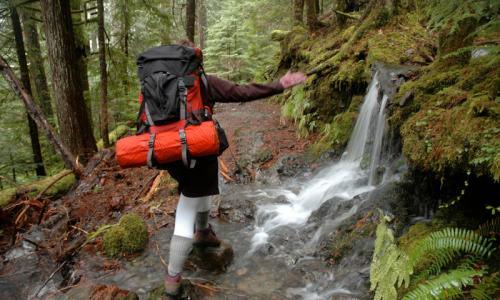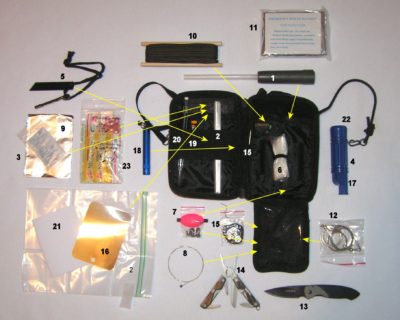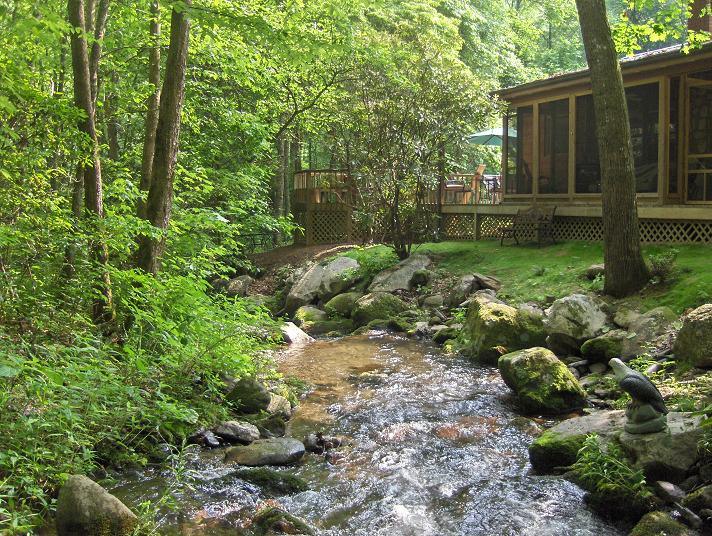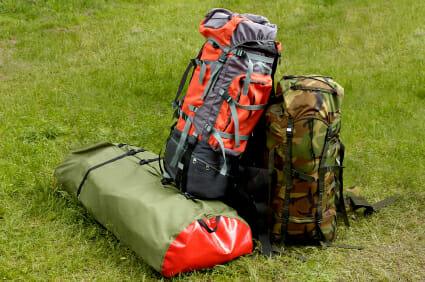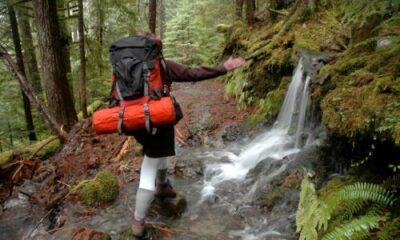
There seem to be a lot of articles going up in one place or another about survival kits. Different people are showing how they make a kit; whether it is in an Altoids mint tin, a coffee can or a plastic food storage box.
The problem with survival kits is that there’s really no such thing as a “one size fits all” survival kit. While there are certain things which may be found in common across a wide range of survival kits, they are truly very individualized. To make an effective survival kit, one must make it work for them, not just a “commercial” cookie-cutter survival kit.
There really isn’t any such thing as an “ultimate” survival kit either. At least, there isn’t one survival kit that is the ultimate kit for all people in all situations. A survival kit has to be customized to meet the specific environment, terrain, weather, time of year, and the skills of the owner.
Can you imagine giving a survival kit to your mother and expecting her to live out in the woods for two weeks? It doesn’t matter if it’s a custom survival kit that you create or one that you buy commercially, it probably won’t work out all that well for her. That is, it won’t work out well unless your mother already has all the survival training she needs to survive whether she has a survival kit or not.
That’s the first problem with most survival kits; they don’t take into consideration whether the individual has the necessary training to use the things that are included in it. Having wire for building snares is great, if you know how to make a snare and where to put it. Otherwise, it’s just extra weight that you’re carrying along. Likewise, fishing gear is great to have in a survival kit. But if you’re stuck out in the middle of a desert, you’re going to have a hard time finding any fish to catch.
Ultimately, survival skills are going to do more to help you survive than the kit will. All the kit does is provide you with some minimal basic tools to make it possible to apply those skills. So don’t bother carrying anything in your survival kit that you haven’t practiced using; even if everyone and his brother says it’s the best thing since sliced bread.
The second big area that has to be considered is environmental circumstances. This includes everything from the type of terrain to the weather that you are likely to encounter. Surviving in a snowstorm and surviving in a desert are totally different things.
I first ran into this problem when I moved from Colorado to Southeast New Mexico. The survival kit I carried in the Colorado Rockies was built to help me survive in the mountains. It assumed access to water, cold night temperatures, and plenty of fuel for a fire. I was even prepared to find and kill animals for food. That was great for Colorado, but horrible for New Mexico. In New Mexico, I was living in an arid area, with hardly any forest. Water would be a bigger problem, although cold wouldn’t. I had to change my kit.
The pack for anybody who wants to be fully prepared for an unexpected emergency
If a survival kit doesn’t take into consideration the climate, weather and terrain, it may not be any better than going out in the wild with nothing more than a pocket knife. Each type of environment requires a review of a survival kit to determine what is really needed. Don’t forget, urban survival is a totally different environment as well.
The other part of considering the environment is based upon the time of year. Hypothermia can be a serious problem in the Colorado Rockies in the summertime, especially if one falls into a stream just before sundown. However, that’s nothing compared to the risk of hypothermia that exists in the Colorado Rockies in the winter. Balancing that risk is the fact that you’d probably be better dressed to survive the cold weather in the winter.
So, it doesn’t do any good to create a survival kit for a particular environment and then ignore it for the rest of your life. Unless you live in an area where there is little seasonal climate change, then your kit will need to be constantly evolving to meet the expected weather for the time of year. In fact, your kit should be constantly evolving as you learn new skills, find new equipment and develop new plans.
That’s a large part of the key to having an “ultimate survival kit.” It becomes the ultimate kit for you, and you alone, as you continually work to improve it. Your kit may look quite different than your buddy’s, but that’s okay. As long as both kits provide you with what you need to have in order to survive, they are the best kits for each of you.
So, what basic requirements should every survival kit have? What does it need to do for us in order to help us survive in whatever situation? Here’s the basics:
- Means of purifying and carrying water
- At least two means of starting a fire
- Means of capturing and cooking food
- Basic first-aid kit
- Means of creating shelter
- Tools
- Signaling devices to call for help
The first consideration when building a survival kit is what you are going to put it in. If the kit is going to be kept in your car, it can be a little bit larger. However, if you are designing a kit to be carried with you in the wild, then you need to consider size and weight. Regardless, everything should fit in one container, whether that container is a fanny pack, a coffee can or a plastic food-storage box.
Another excellent container for a survival kit is a fishing vest. The many pockets provide ample places to store much more than I have in this kit, as well as being extremely easy to organize. It is unobtrusive and easy to carry with you for a hike in the woods.
My personal carry-with-me survival kit looks like this: It’s in a MOLLE pouch made by Condor Outdoor. That allows it to be strapped to my pistol belt, which has my pistol, spare magazines, a hunting knife, a tactical flashlight and a canteen.
This kit includes:
Water purification
1. Water purification straw
2. Two quart plastic bags to use as canteens
3. Water purification tablets
Fire starting
4. Stormproof matches in a waterproof match container
5. Ferro rod fire starter
6. Four cotton balls soaked in petroleum jelly to use as tinder (hair band wrapped around bag)
Catching and cooking food
7. Fishing kit – consists of bobber, two hooks, split shot. Thread from sewing kit can be used as line
8. Guitar string to use as snare for small game
9. Two pieces, 12 inches square of heavy-duty aluminum foil for cooking
Building shelter
10. 25 feet of paracord
11. Space blanket
Tools
12. Wire saw (three wire type)
13. Pocket knife
14. Miniature multi-tool
15. Sewing kit – consists of 10 feet of button thread, two buttons and two safety pins – needle stored separately
Signaling
16. Stainless steel signaling mirror (paper wrapped around it to protect it from scratching and stored in one of the two quart zipper bags)
17. Whistle (part of waterproof match container)
Miscellaneous useful items
18. Micro-maglight flashlight
19. Spare battery for flashlight
20. Mechanical pencil with 4 feet of duct tape wrapped around it (two, two foot pieces)
21. Paper for taking notes (phone numbers, addresses, etc.)
22. Compass (part of waterproof match container)
23. First aid kit – consists of two each: 2” x 3” bandage, knuckle bandage, normal band-aid, Neosporin to go, antiseptic towlettes, antihistamine, an anti-diarrhea medicine I buy in Mexico and six ibuprofen
Please note that I am not suggesting that you make a survival kit that is just like mine. This is what I need for my circumstances. I merely describe this kit in order to give you an idea of what could be included in the kit. You may very well need things that I haven’t included. In other circumstances, I would make changes to it as well.


